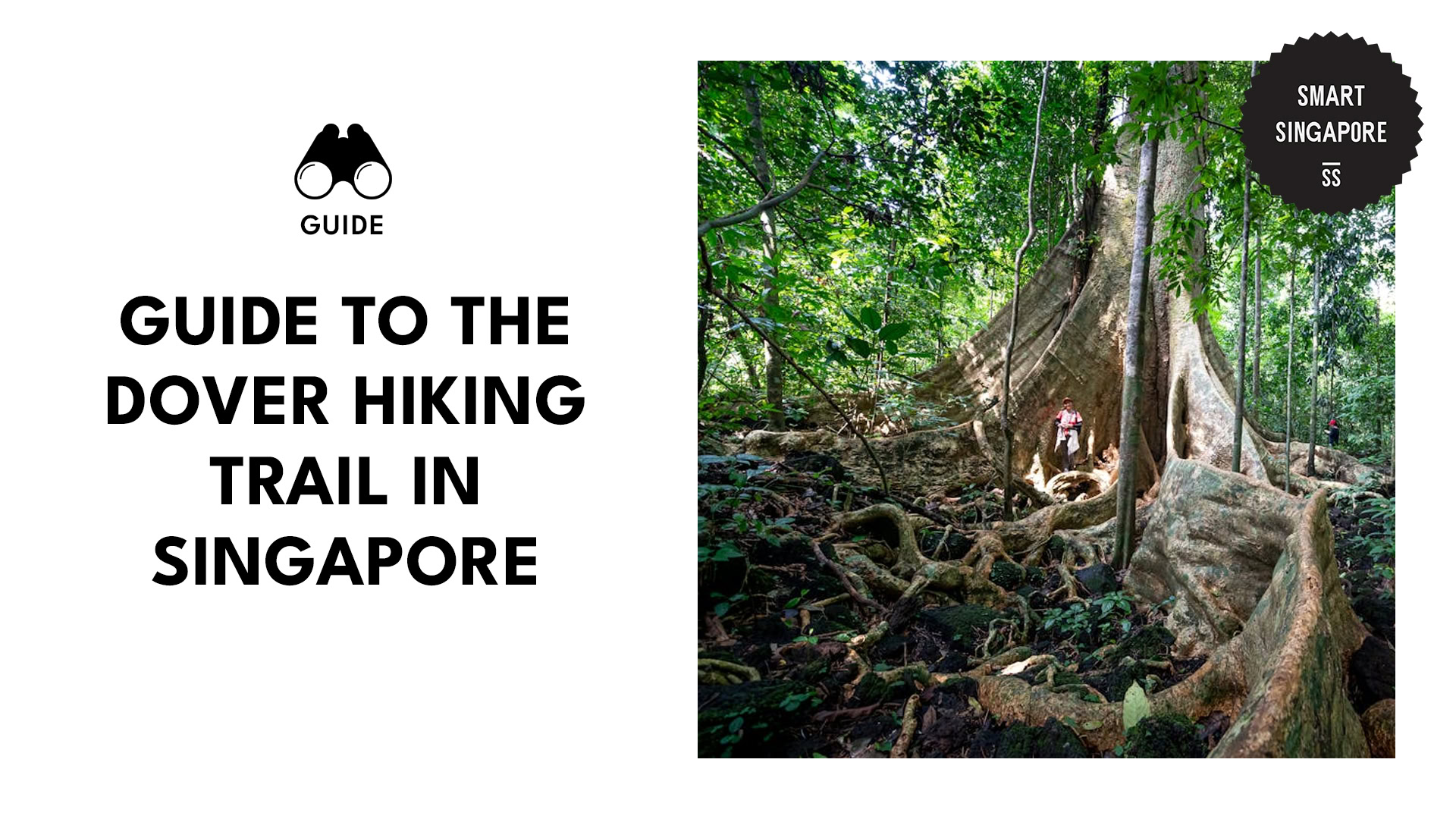Categories > Guides and Tips

Use this guide to the Dover hiking trail in Singapore before it’s gone!
It’s quite a known fact that Singapore is very tiny, but many of my foreign friends are taken aback when I tell them that the island is almost 50% covered in greenery or forests. Yes, it’s true, and I’m really proud of it!
Out of all the green spaces and pockets of nature here, probably one of the most underrated is Dover Forest. This highly dense forest has been left pretty much untouched by infrastructure, and people want it to stay that way.
Recent developments have been made in some areas, though a vast majority of them remain untouched. That’s where you can find a hidden hiking trail, and if you’re exploring it for the first time, here’s a guide to the Dover hiking trail in Singapore!
Things to Know
Address: 1 Technology Dr
Operating Hours: Open 24/7
Admission Fee: Free
Website
How to Get There
By MRT: Take the East-West Line to Dover MRT Station. Walk along Commonwealth Avenue towards Ulu Pandan Canal, where parts of the forest are accessible.
By Bus: You can take buses Bus 74, 91, 92, 95, 191, 196, 198, 200 and alight at Dover MRT Exit A. From there, you can walk towards Ulu Pandan Road.
By Car: The nearest car parks to the forest are at Dover Crescent and the Ghim Moh Link.
What to Expect
Media from ourmindfulpod
The Dover hiking trail runs through the untouched stretch of Dover Forest, better known as Dover Forest West. It’s pure and unspoiled greenery, so don’t expect proper signposts or marked trails, just a raw, back-to-nature kind of walk.
You’ve got two options: trek around the whole perimeter or cut through the open lawns and unshaded patches. Since it’s a forest, not a manicured park, the ground can get pretty muddy after rain, so be ready for a bit of squelch if the weather’s been wet.
Tips:
- The forest is home to many wildlife, both locally and internationally recognised to be endangered, so be very careful when traversing it. To be safe, I recommend staying close to the open lawns or near the roads.
- The eastern part of the forest is currently closed off for development, leaving the western part untouched until about 2030. There is still time for you to explore the forest while it’s still lush. There are people who are advocating for the forest’s preservation, and if you wish to know more about their efforts, click on this page.





